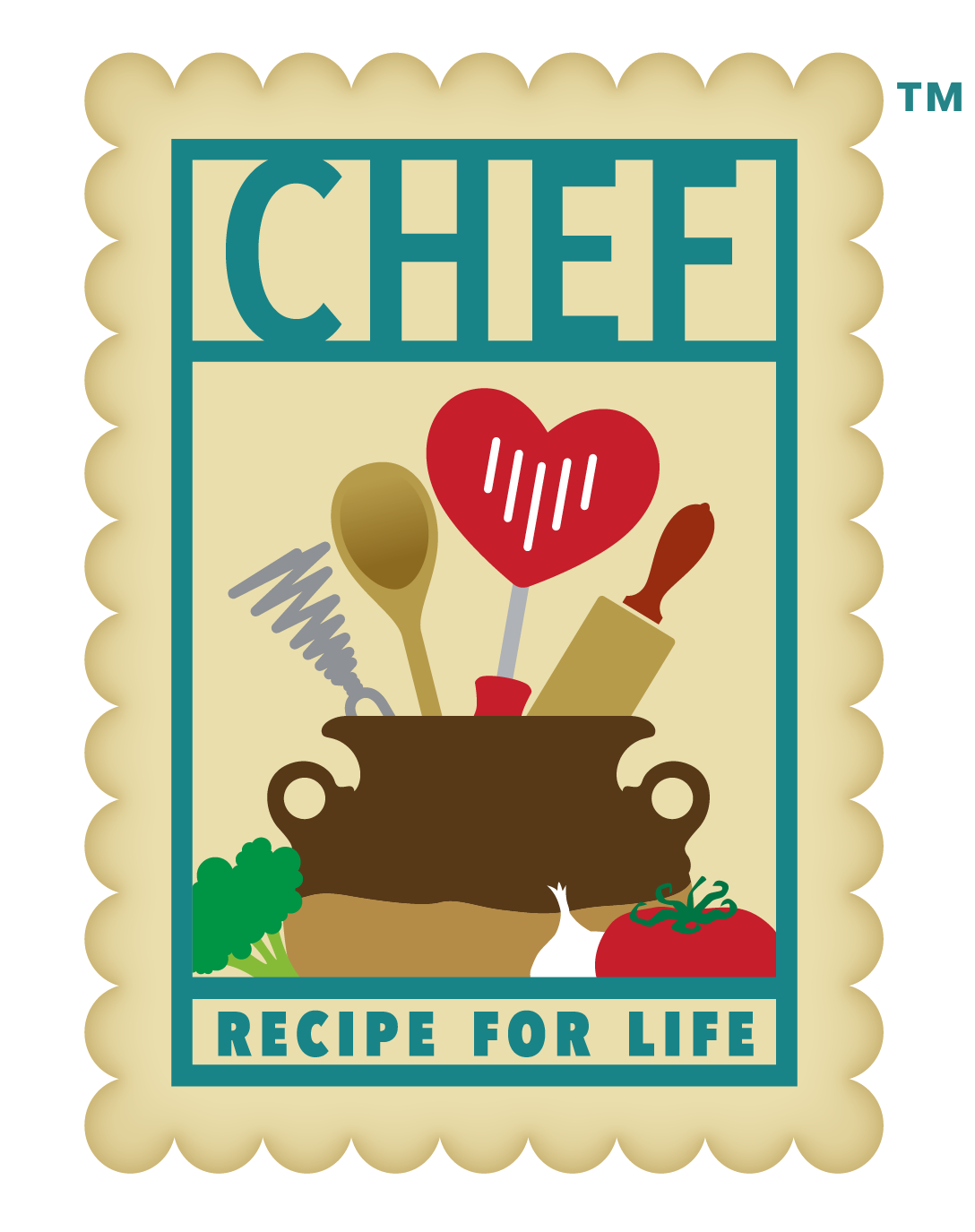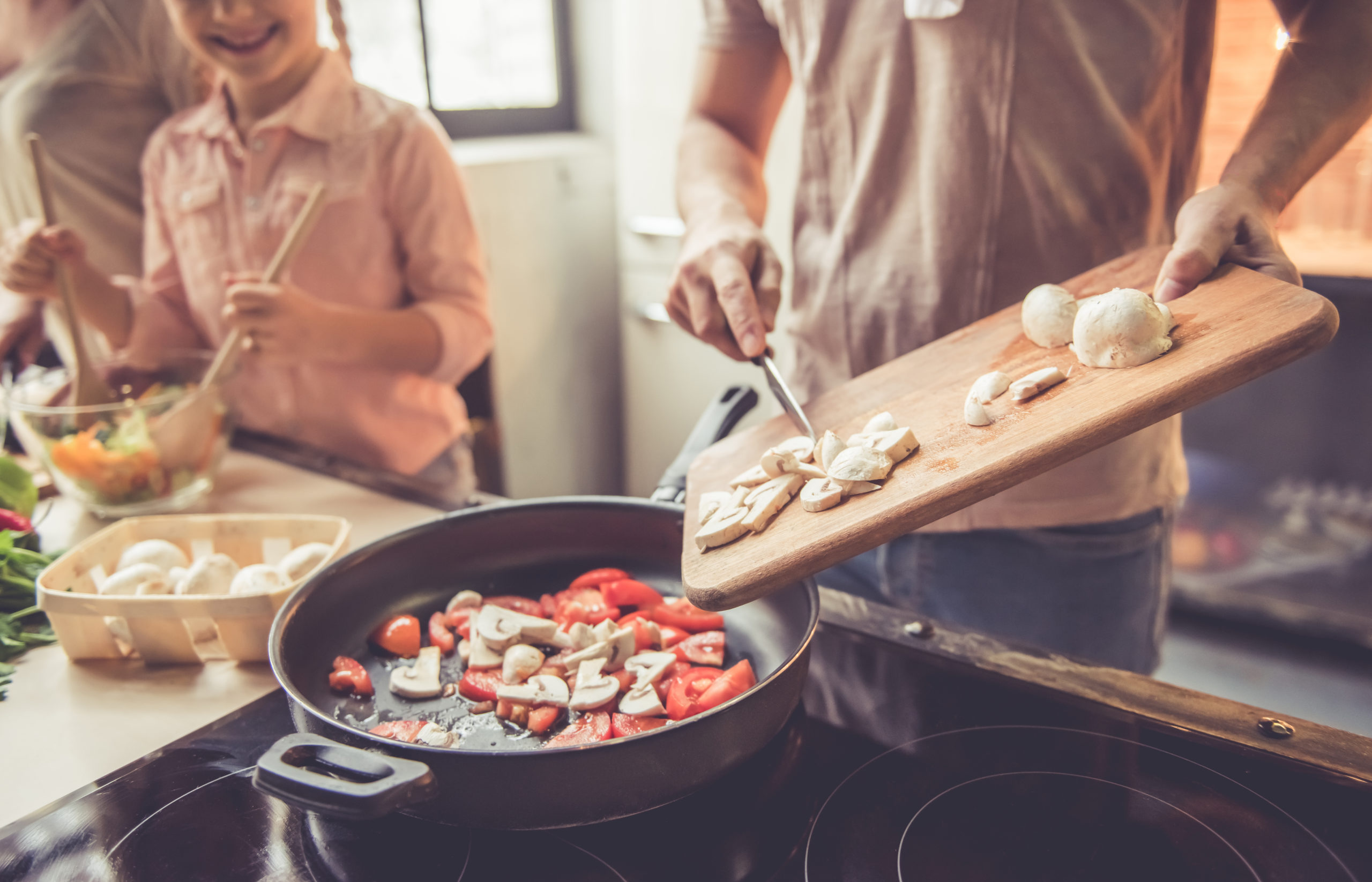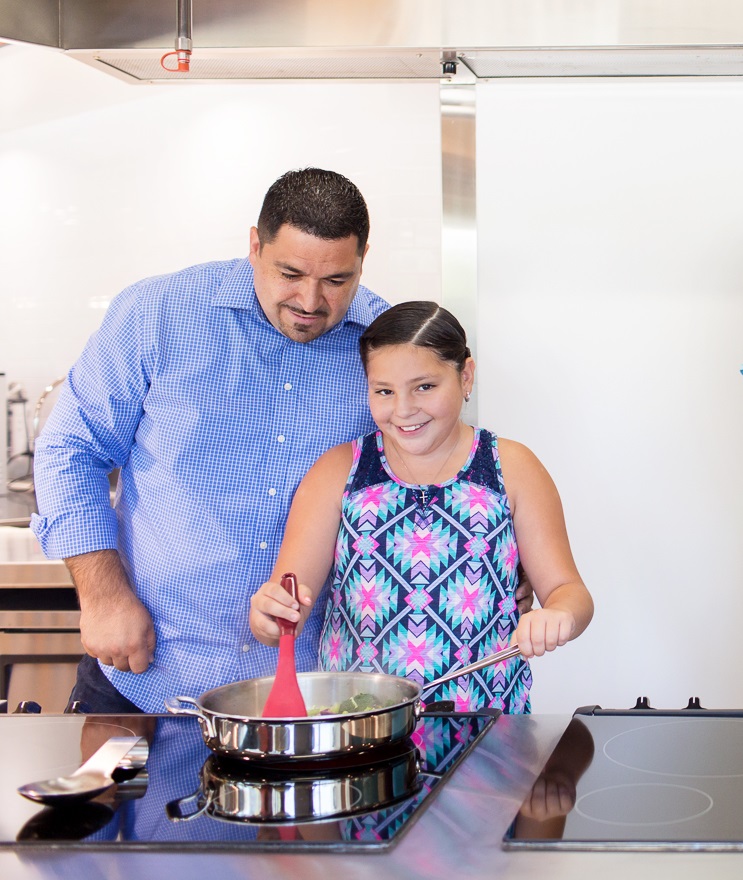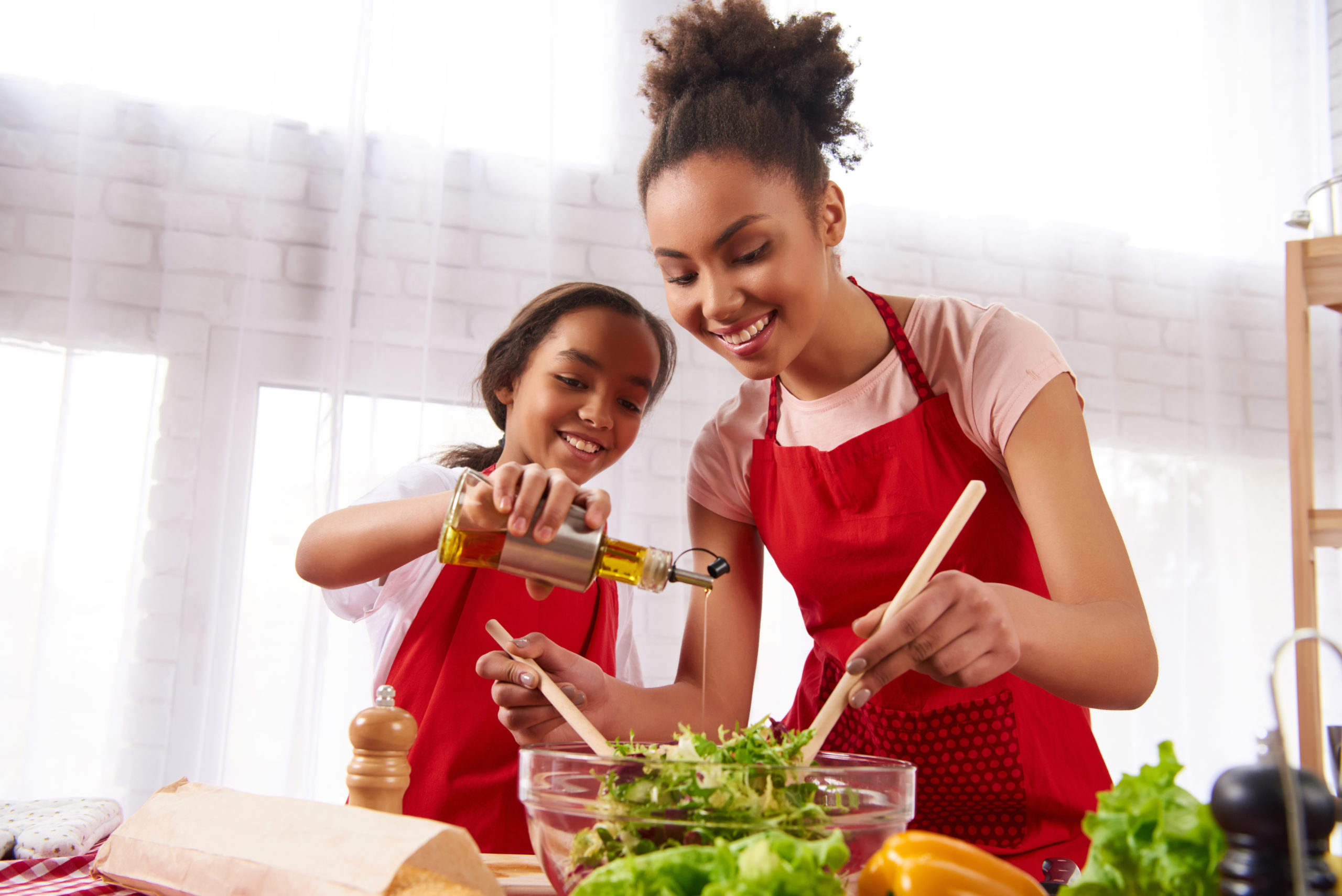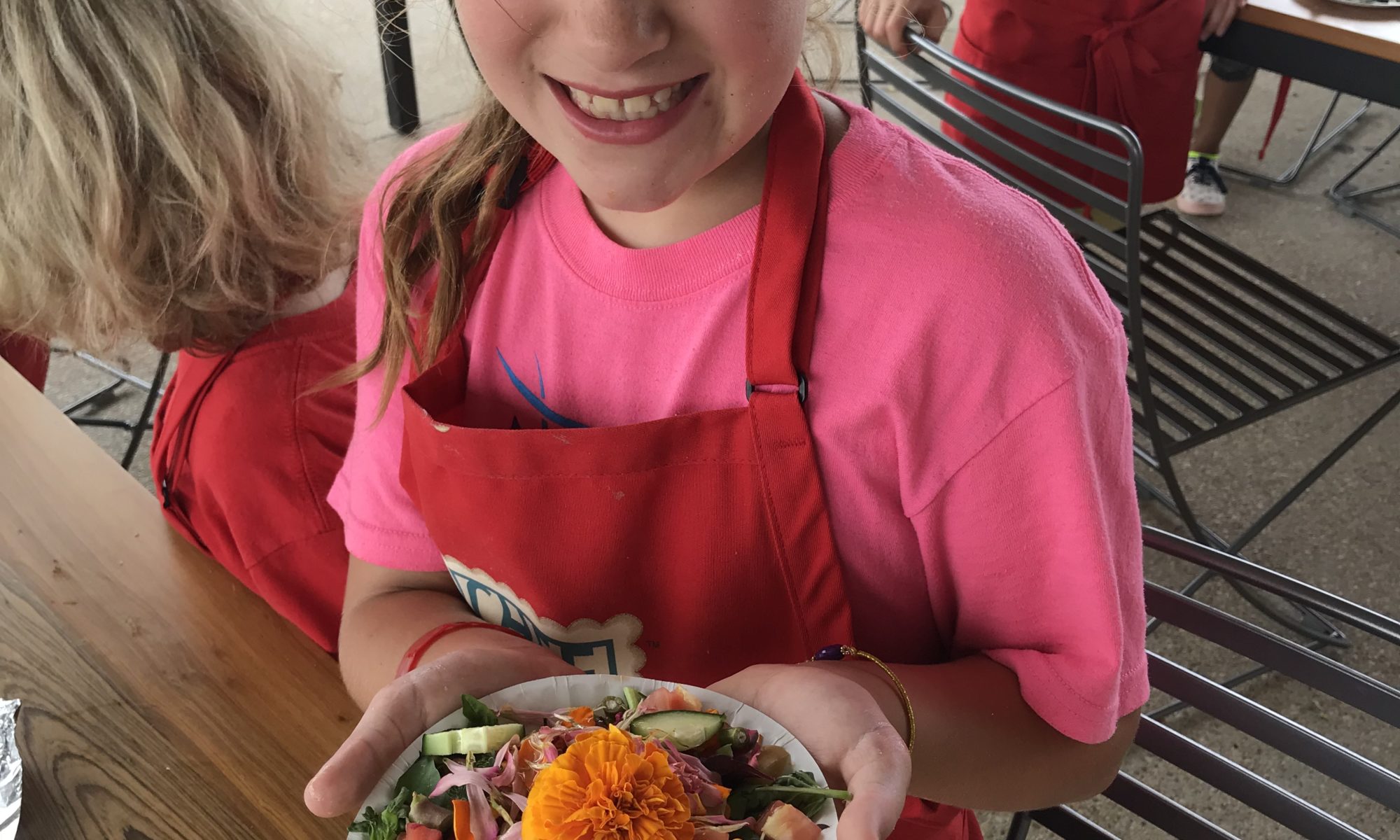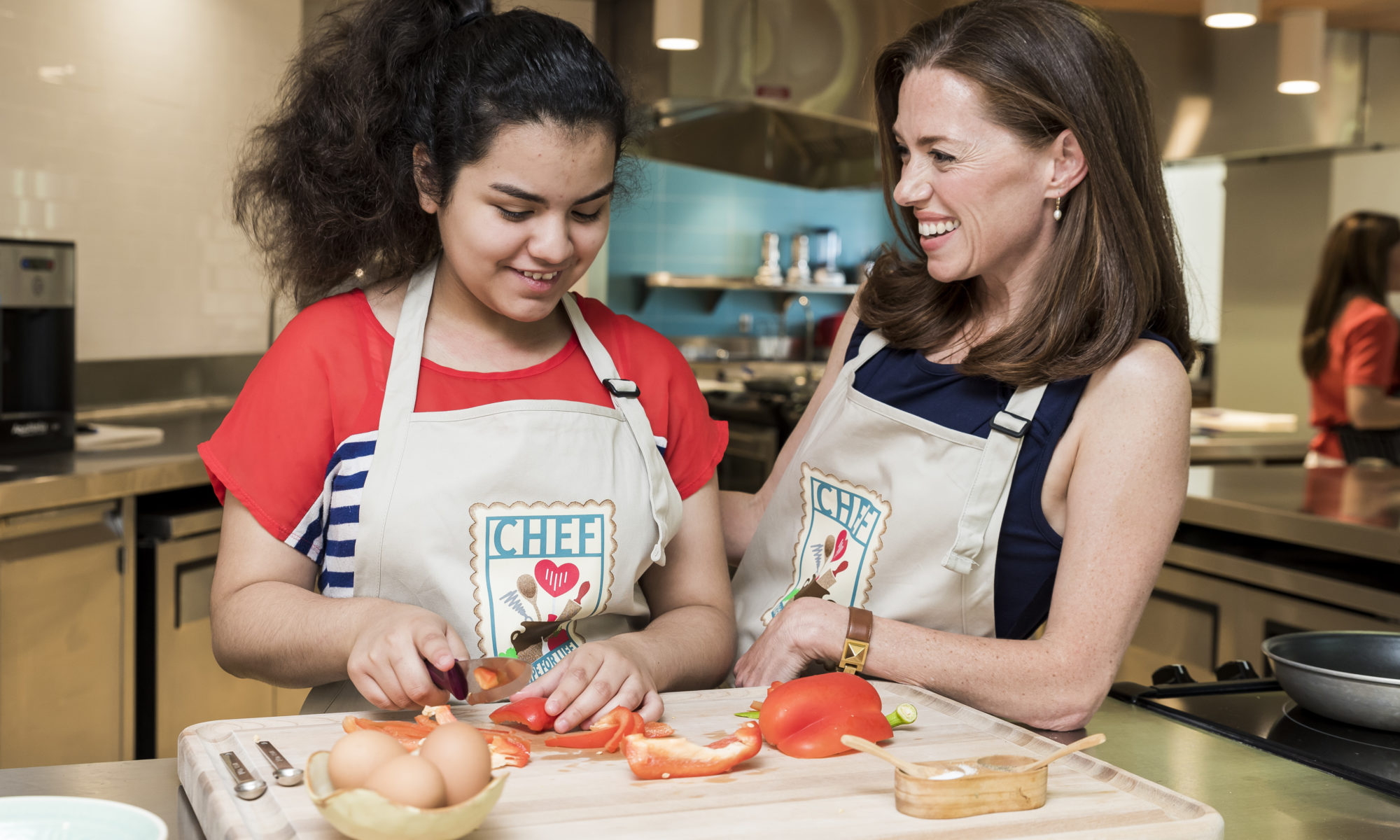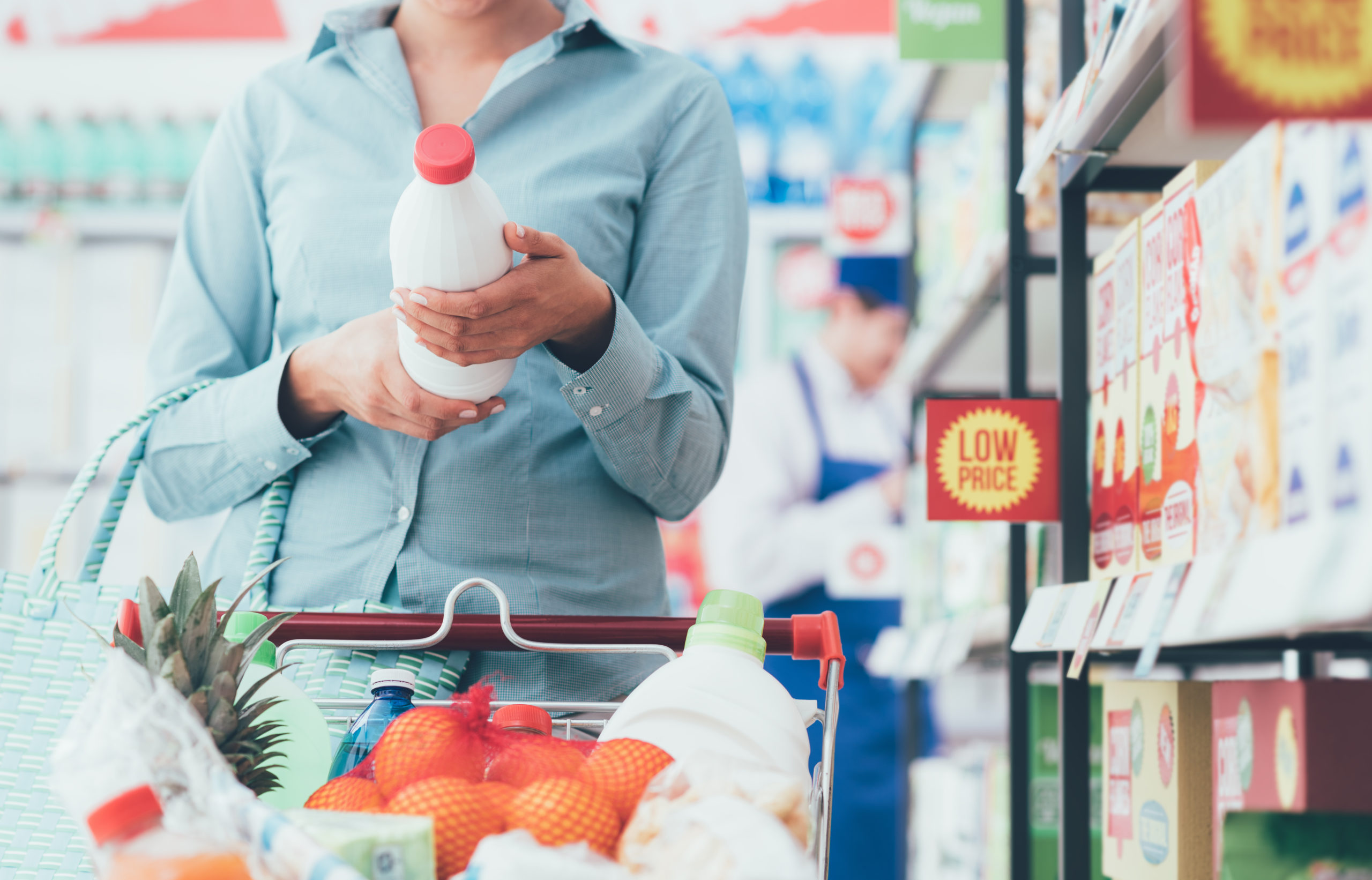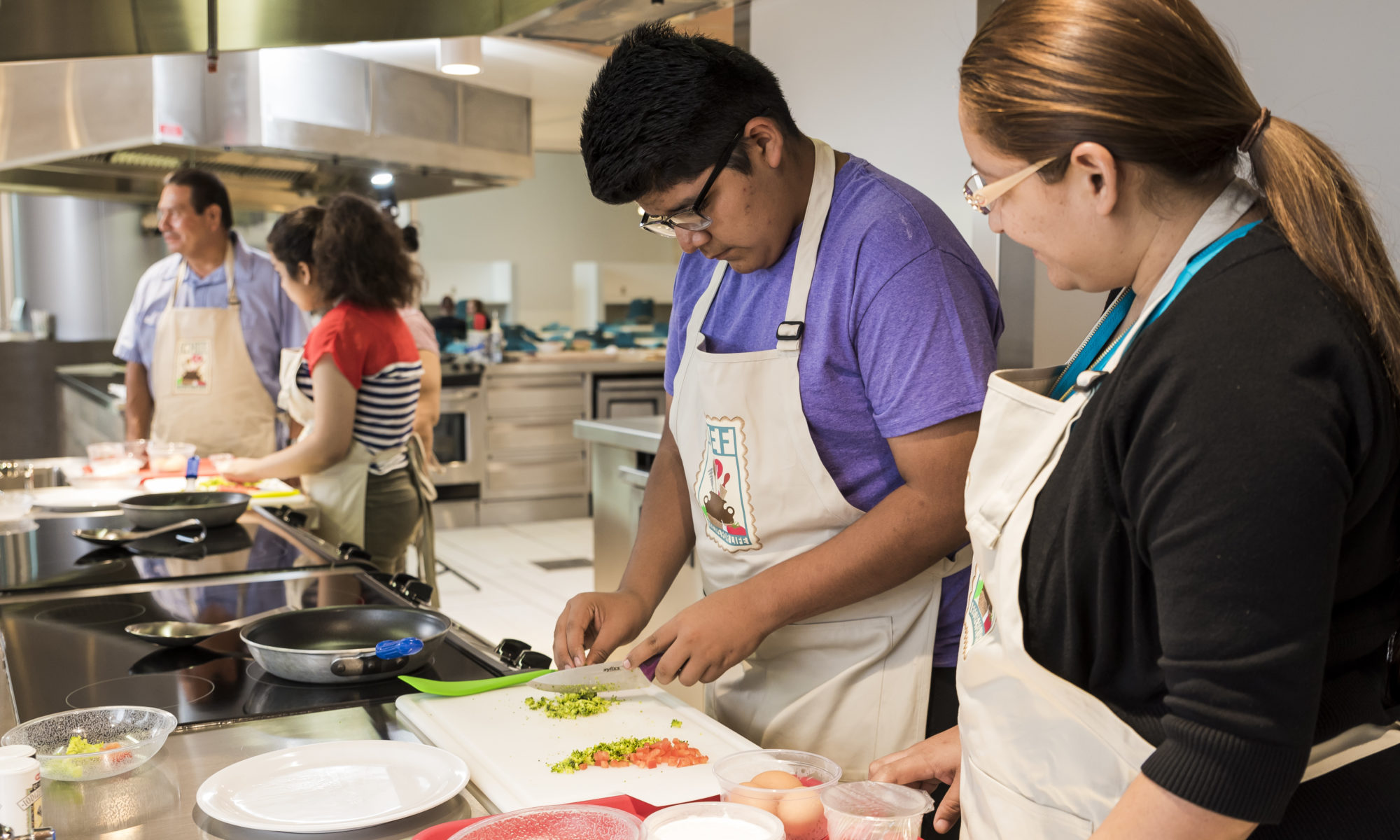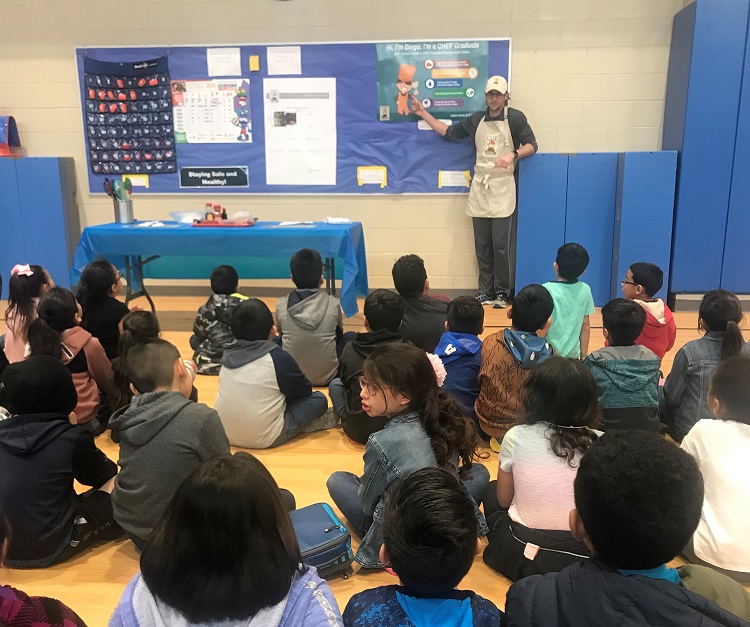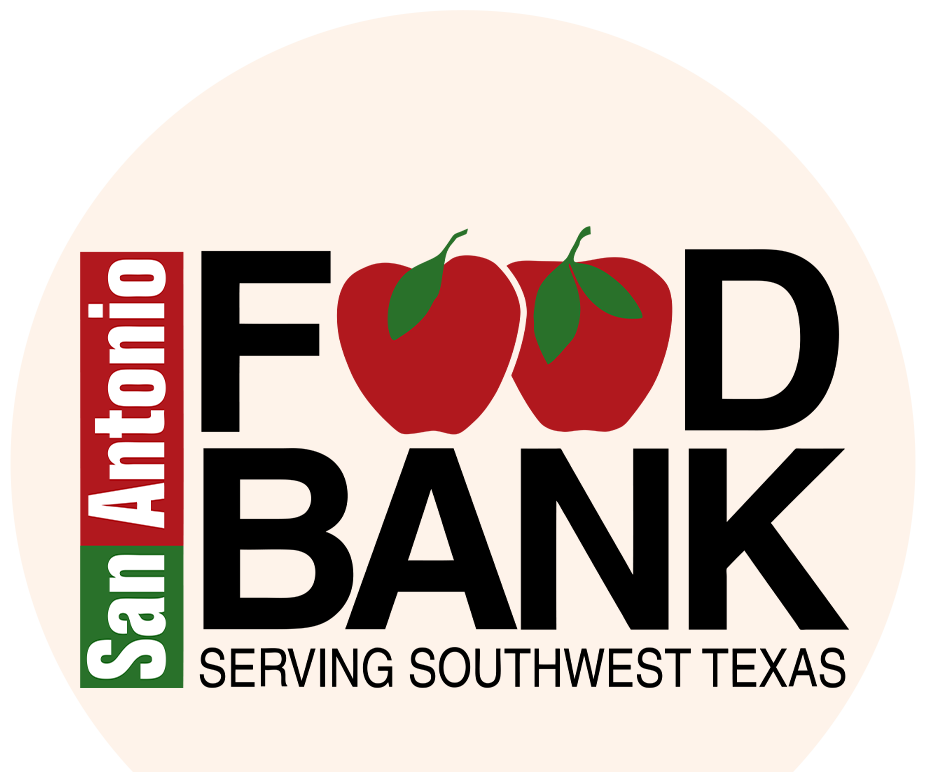This meal plan starts off with Oven Roasted Chicken and Toasted Quinoa Pilaf. We are cooking enough chicken and quinoa to have planned overs that will be used in other meals throughout the week so don’t be surprised if you have plenty left over. We will use these planned overs to create a Toasted Quinoa Chicken Bowl and Greek Chicken Salad with White Beans later in the week. These tasty meals are simple and nutritious! Feel free to swap ingredients out depending on your family’s taste preferences but remember that the ingredients on the grocery list are for the recipes as they are written. You’ll need to add extra items if you choose any variations or ingredient swaps. This meal plan can serve as 3 meals for a family of 4 or 6 meals for a family of 2. If you have a family of more than 4, you might want to double the recipes.
Printable PDFs for this meal plan:
Oven Roasted Chicken
Toasted Quinoa Pilaf
Chipotle Roasted Chicken
Toasted Quinoa Chicken Bowl
Greek Chicken Salad with White Beans
Grocery List
Meal 1: Oven Roasted Chicken and Toasted Quinoa Pilaf with a vegetable or salad of your choice
For your first meal, use the recipes for Oven Roasted Chicken and Toasted Quinoa Pilaf. You can serve these with your choice of a vegetable or side salad. We recommend serving your meal with Asparagus with Lemon and Parmesan, Roasted Root Vegetables, Strawberry Spinach Salad, or Garden Salad.
Each serving of your meal should equal about 4 ounces of chicken, 1 cup vegetables or salad, and ½ cup quinoa. Since there will be leftovers, save the chicken and quinoa for your planned over meals.
Oven Roasted Chicken
Cook Time Start to Finish: 1½ – 2 hours
Yield: 12 servings|1 serving = about 4 ounces
Ingredients:
- 2 Tablespoons olive oil
- 2 Tablespoons white wine or white wine vinegar
- 1 Tablespoon Dijon mustard
- 2 Tablespoons rosemary, chopped
- 1 Tablespoon garlic, chopped
- Freshly ground black pepper, to taste
- 1 – 4 pound whole chicken, giblets and excess fat removed
Directions:
- Place a shallow roasting pan with a rack in the oven and preheat oven to 375°F.
- In a small bowl, combine olive oil, wine or vinegar, mustard, rosemary, and garlic. Season with pepper.
- Gently loosen the skin from the breast and legs of the chicken, being careful not to tear the skin. Rub ¾ of the rosemary mixture underneath the skin of the chicken. Rub the remaining amount all over the skin.
- Place the chicken in the roasting pan and roast for 50 – 60 minutes, until the juice runs clear or until the chicken is 165°F at the thigh or approximately 160°F at the breast.
- Let rest in a warm place for 15 minutes prior to carving.
Culinary Notes and Tips:
- Basting the chicken while it cooks will give the chicken an even color and keep the skin moist.
- Never cover or tightly wrap a chicken while it’s roasting. If steam is trapped by a foil cover, it will cause the chicken to steam rather than roast.
Variations:
For a Latin variation of the recipe, try our Chipotle Roasted Chicken. Simply replace the white wine or vinegar, mustard, rosemary, and garlic mixture with:
- 1 Tablespoon garlic, chopped
- ½ teaspoon ground cumin
- 1 teaspoon chipotle in adobo sauce, chopped
- 1 teaspoon Mexican oregano
- 2 Tablespoons lime juice
Toasted Quinoa Pilaf
Cook Time Start to Finish: 30 minutes
Yield: 8 servings | 1 serving = ½ cup
Ingredients:
- 2 Tablespoons olive oil
- 2 cups quinoa, rinsed and drained well
- 1 cup onion, diced
- 1 Tablespoon garlic, chopped
- 4 cups water or vegetable stock
- Salt and pepper to taste
Directions:
- Heat a small saucepan over medium heat. Add olive oil and quinoa. Stir to toast the quinoa. It will start to pop like popcorn and have a slightly nutty aroma. Add onion and garlic and stir until aromatic.
- Add water or stock and bring to a boil. Season with salt and pepper. Reduce heat to low, cover tightly, and cook for 28 minutes.
- Remove from heat, let sit for 4 minutes, and fluff with a fork.
Culinary Notes and Tips:
- This dish is gluten free and a great source of plant-based protein.
- Quinoa has a natural coating on the outside called saposin. It’s bitter to the taste, so it’s important to rinse quinoa in water, then let it drain for a few minutes before cooking. Make sure to drain it the best you can. If the grain is wet, it will be more difficult to toast.
- Quinoa can also be toasted by spreading it on a sheet pan and placing in a 350°F oven for 5–10 minutes, stirring periodically.
- It’s important to let the grain sit for a few minutes once it’s removed from the heat. This allows the grain to settle and slightly firm up. If you stir it immediately after it has finished cooking, it will mush up and become gummy.
Variations:
- If you’d like to add some extra flavor to the quinoa, add 2 cups of mushrooms sautéed with garlic.
- Another tasty option is to add ¼ cup sun-dried tomatoes and 1 Tablespoon basil.
Meal 2: Toasted Quinoa Chicken Bowl
Our Toasted Quinoa Chicken Bowl is easily customizable depending on your family’s taste preferences or what you already have in your kitchen. If you don’t have fresh herbs on hand or can’t find any at the store, you can use dried herbs. Just remember to use less if using dried instead of fresh. You can also swap out the almonds for any other type of nut you have in the pantry.
This meal makes for a quick dinner option when you need to throw something together on a busy weeknight. Or, make this dish the night before and pack it for an easy work lunch. Keep in mind that this recipe calls for more vinaigrette than you will use in your bowl. Make sure to save the left over dressing for your third meal.
Toasted Quinoa Chicken Bowl
Cook Time Start to Finish: 20 minutes
Yield: 4 servings | 1 serving = 1½ cup
Ingredients:
- 2 cups cucumbers, peeled, seeded, and diced
- 1 cup radishes, cut in quarters and thinly sliced
- Salt and freshly ground black pepper, to taste
- ½ cup lemon juice
- ½ cup extra virgin olive oil
- 2 cups cooked quinoa (use leftover Toasted Quinoa Pilaf)
- 2 cups cooked chicken, shredded (use leftover Oven Roasted Chicken)
- 2 scallions, chopped
- 2 Tablespoons dill, chopped
- 1 Tablespoon mint, chopped
- 2 Tablespoons toasted almonds, chopped
Directions:
- In a large bowl, combine cucumbers and radishes. Lightly season with salt and pepper. Let sit for 5 minutes.
- In a small bowl or mason jar, combine lemon juice and olive oil. Season with salt and pepper, then whisk well.
- Add quinoa, chicken, scallions, dill, and mint to the large bowl. Gently mix.
- Add the ½ cup of vinaigrette to the large bowl and gently mix. Fold in nuts and adjust seasoning with salt and pepper.
Culinary Notes and Tips:
- You will use some of your leftovers from the Oven Roasted Chicken and Toasted Quinoa Pilaf to make this dish.
- When preparing meals with grains, remember that grains and starchy ingredients will absorb seasoning and need to be re-seasoned just before serving.
- The tartness and bitterness of lemons may vary throughout the year. During the winter, the vinaigrette may need a pinch of sugar and more salt to counteract the bitterness of the juice.
Variations:
- This meal can easily be made vegan if you leave out the chicken. Add some chickpeas instead of chicken and top with heart healthy avocado.
- If you can’t find radishes at the store, use celery instead. It will provide the same crunch to the recipe.
- You can replace lemon juice with lime juice.
- Some other tasty swaps include, replacing dill and mint with basil, adding water-packed canned tuna instead of chicken, or adding ½ cup of cooked corn and replacing the dill with chopped parsley.
Meal 3: Greek Chicken Salad with White Beans
For your last meal, we will use the remaining planned overs and mix them with some other tasty ingredients to create a Greek Chicken Salad with White Beans. We know some people find salads boring but don’t fear! This salad is packed with flavor and nutrients to will keep your family satisfied until your next meal.
Greek Chicken Salad with White Beans
Cook Time Start to Finish: 20 minutes
Yield: 4 servings | 1 serving = 2 cups
Ingredients:
- ¼ cup sun-dried tomatoes,diced or chopped
- Boiling water, as needed
- 8 cups mixed salad greens, torn
- 2 cups cooked skinless chicken breast, sliced (use leftover Oven Roasted Chicken)
- 1 cup canned cannellini beans, rinsed and drained
- ¼ cup feta cheese, crumbled
- ¼ cup toasted almonds, slivered
- ½ cup dressing (use leftover vinaigrette)
- Salt and freshly ground black pepper, to taste
Directions:
- Place sun-dried tomatoes in a small bowl. Add enough boiling water to cover and let stand for 5 minutes. Drain well.
- In a large bowl, combine salad greens, chicken, cannellini beans, feta cheese, and almonds. Gently mix to combine.
- Add drained tomatoes and vinaigrette. Season with salt and pepper and toss to combine.
Culinary Notes and Tips:
- You will use some of your leftovers from the Oven Roasted Chicken and vinaigrette to make this dish.
- Save the water from rehydrating the tomatoes and use it in tomato soups or sauces.
Variations:
- Replace the chicken with marinated pork.
- Use a red wine vinaigrette instead of the leftover lemon vinaigrette.
- Toss the chicken and cannellini beans with 1 teaspoon Spanish paprika, salt, and pepper for extra flavor.
For even more tips on meal prepping, check out our blog on how to get started. If you have a culinary or nutrition question, use our Ask a Dietitian tool for expert advice delivered straight to your inbox.
